
Valuable Spider Plant Benefits You Need to Know

Spider plants (Chlorophytum comosum), also known as airplane plants or ribbon plants, are more than just attractive houseplants. They bring a host of benefits to any indoor space, making them a popular choice for both novice and experienced plant enthusiasts. Here's a closer look at why spider plants are so valued and how to care for them.
1. Low Maintenance and Resilient

Spider plants are known for their robustness. They are almost impossible to kill and can handle varying light conditions and irregular watering. They do particularly well in bright, indirect light but are also adaptable to lower light levels. This resilience makes them a great choice if you’re not always attentive to plant care.
2. Effective Air Purifiers
One of the standout features of spider plants is their ability to improve air quality. They are adept at filtering out common indoor pollutants, such as carbon monoxide, xylene, formaldehyde, and toluene. According to NASA's Clean Air Study, spider plants are highly effective at reducing formaldehyde levels, a chemical often found in household products. Adding spider plants to your home can help create a fresher and healthier environment.
3. Pet-Friendly

For pet owners, the spider plant is a safe choice. It is generally recognized as non-toxic to both cats and dogs by the American Society for the Prevention of Cruelty to Animals (ASPCA). Although the plant is safe, it’s wise to prevent pets from chewing on the leaves, as consuming large amounts could lead to mild digestive issues.
4. Enhances Indoor Humidity
Spider plants also contribute to increasing indoor humidity. They absorb water through their roots and release it into the air through their leaves. This increase in humidity can be particularly beneficial in dry environments, such as during winter or in air-conditioned spaces. Improved humidity levels can reduce the likelihood of respiratory issues and make the indoor environment more comfortable.
5. Promotes Faster Healing
Research suggests that spider plants can aid in recovery for patients in hospital settings. Patients in rooms with spider plants often experience less pain, lower blood pressure, and reduced anxiety. The calming effect of these plants can help create a more therapeutic environment.
6. Adds Visual Appeal

In addition to their practical benefits, spider plants are visually pleasing. Their long, arching leaves and the trailing “babies” or spiderettes create an attractive display. Whether placed in a hanging basket or a decorative pot, spider plants add a touch of natural beauty to any space.
How to Care for Your Spider Plant
To keep your spider plant healthy and thriving, follow these simple care instructions:
- Light: Spider plants prefer bright, indirect light but can tolerate lower light levels. Direct sunlight can cause leaf scorch, so it’s best to place them in a spot with filtered light.
- Water: Water the plant when the top inch of soil feels dry. Overwatering can lead to root rot, so ensure the pot has good drainage and avoid letting the plant sit in excess water.
- Humidity: Spider plants benefit from increased humidity. If the air in your home is very dry, consider misting the plant or placing it on a humidity tray to maintain moisture levels.
- Temperature: Maintain a temperature range of 65-75°F (18-24°C). Protect the plant from cold drafts and sudden temperature changes to ensure its well-being.
- Soil: Use a well-draining potting mix. A standard houseplant soil or a mix for succulents and cacti works well.
- Fertilization: Feed the plant with a balanced, water-soluble fertilizer every 4-6 weeks during the growing season (spring and summer). Reduce feeding in the fall and winter when the plant’s growth slows down.
- Repotting: Spider plants grow rapidly and may need repotting every 1-2 years. Choose a pot that is slightly larger in diameter than the current one and repot in spring or early summer for best results.
- Propagation: Spider plants produce offshoots, or “babies,” that are easy to propagate. Cut these offshoots, let them root in water or soil, and then pot them up once they have established roots.
Frequently Asked Questions (FAQ)Q. How often should I water my spider plant? Ans. Water the plant when the top inch of soil feels dry, typically every 1-2 weeks. Adjust watering based on the plant’s light and temperature conditions. Avoid overwatering to prevent root rot. Q. Can spider plants grow in low light?Ans. Yes, spider plants can grow in low light, but they perform best in bright, indirect light. Providing adequate light will support healthier growth and more effective air purification. Q. What should I do if my spider plant’s leaves turn brown?Ans. Brown leaves may indicate overwatering or underwatering. Check the soil moisture and adjust watering accordingly. Brown tips can also result from low humidity or direct sunlight, so consider relocating the plant or increasing humidity. Q. How can I prevent my spider plant from becoming leggy?Ans. Leggy growth often results from insufficient light. Ensure your plant receives bright, indirect light. Pruning back the longer stems can also help encourage a fuller appearance and promote new growth. Q. Is fertilization necessary for spider plants?Ans. Fertilization is not strictly necessary but can help promote vigorous growth. Use a balanced, water-soluble fertilizer every 4-6 weeks during the growing season. Reduce or stop feeding in the fall and winter. Q. How can I propagate spider plants?Ans. Spider plants produce offshoots, or “babies,” that can be propagated easily. Cut these offshoots and place them in water or soil to root. Once they have developed roots, pot them up as new plants. |
Conclusion
Spider plants offer numerous benefits, from improving air quality and increasing humidity to their pet-friendly nature and aesthetic appeal. By following these care tips and addressing common questions, you can ensure your spider plant remains a vibrant and beneficial part of your indoor space.



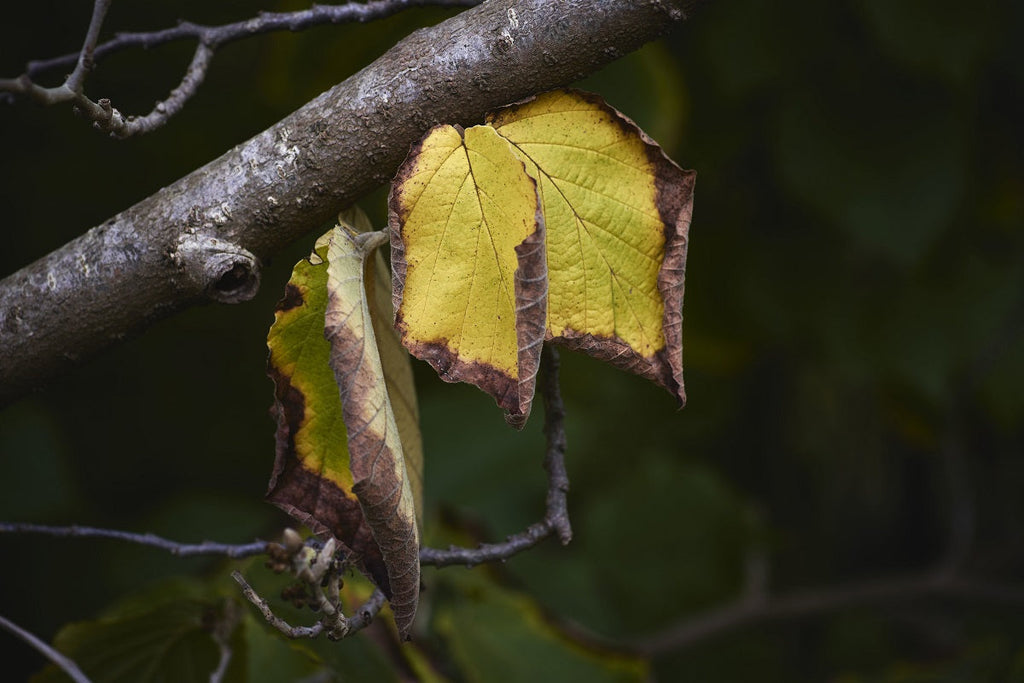
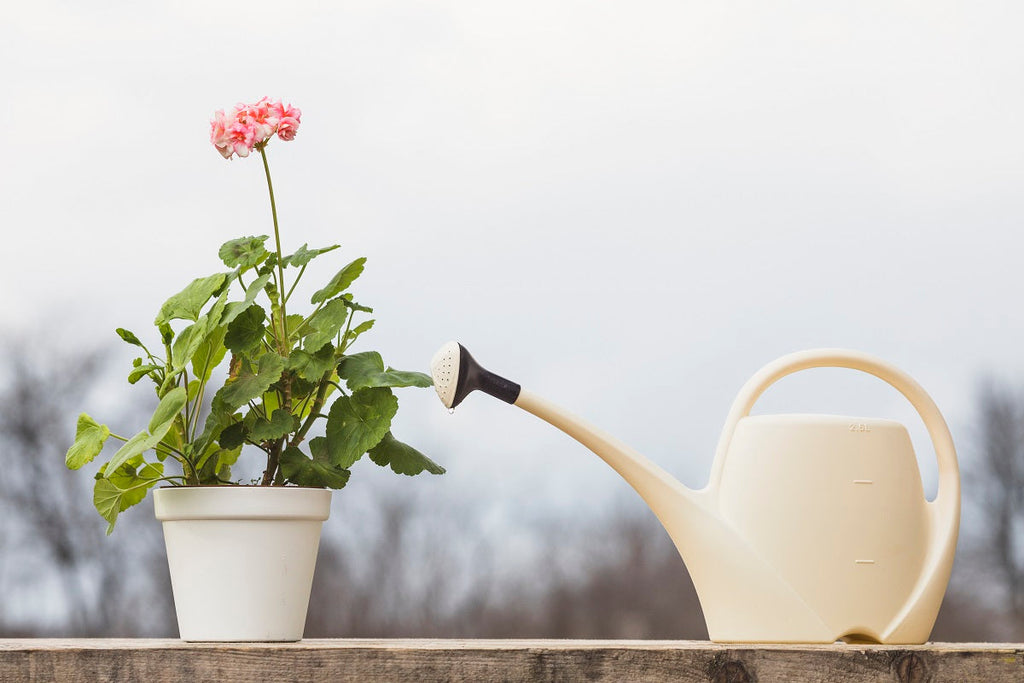

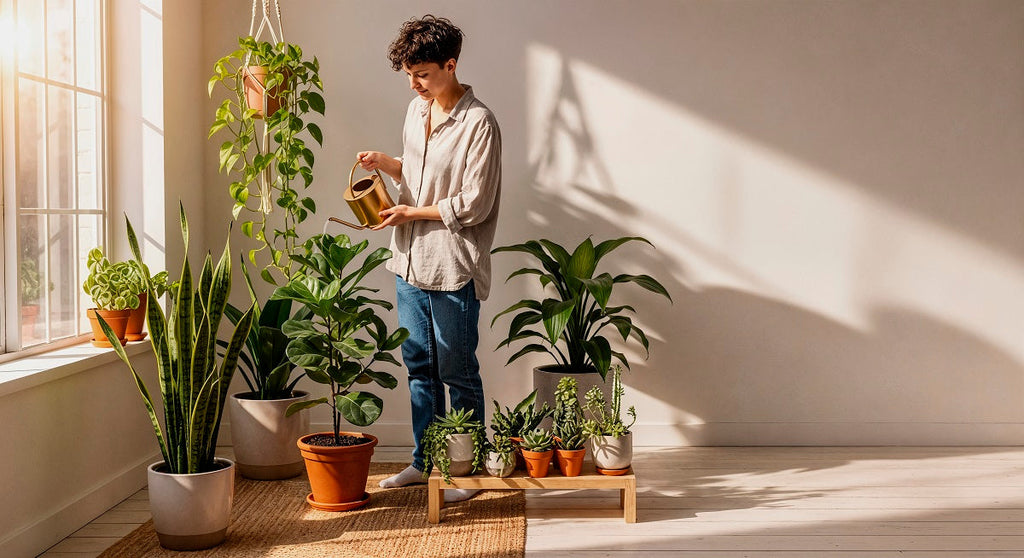
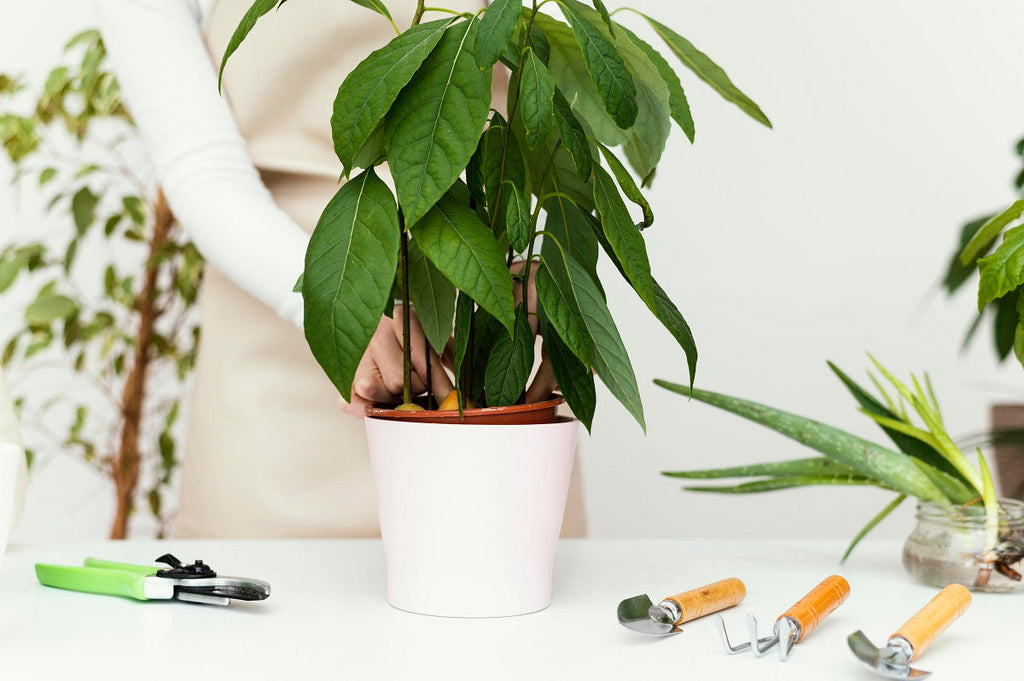
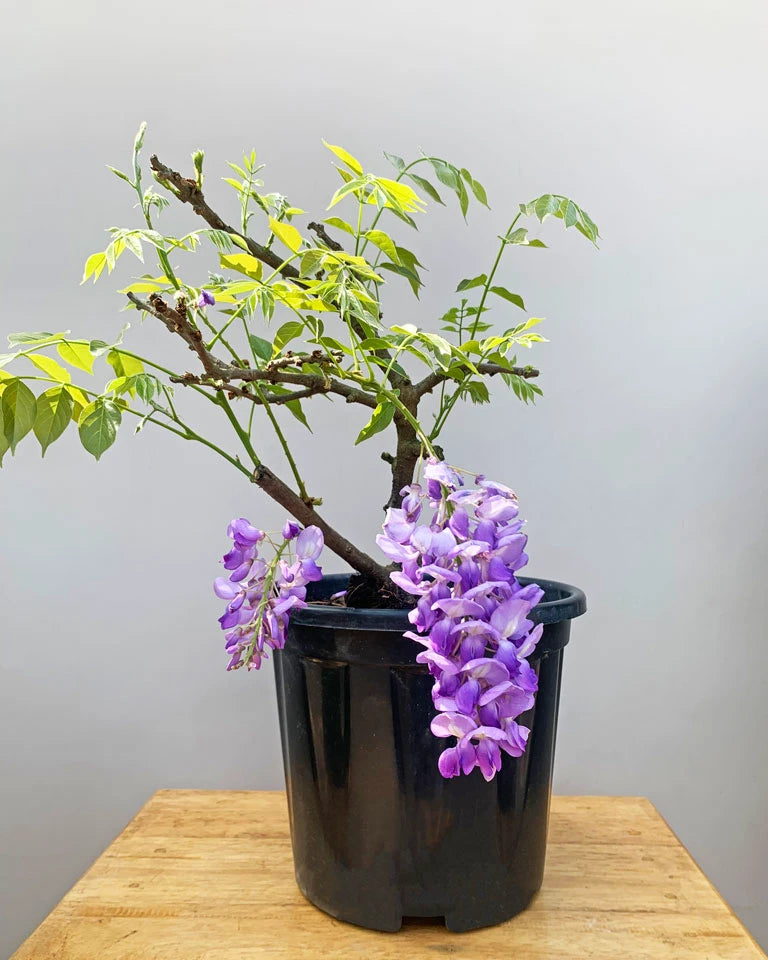

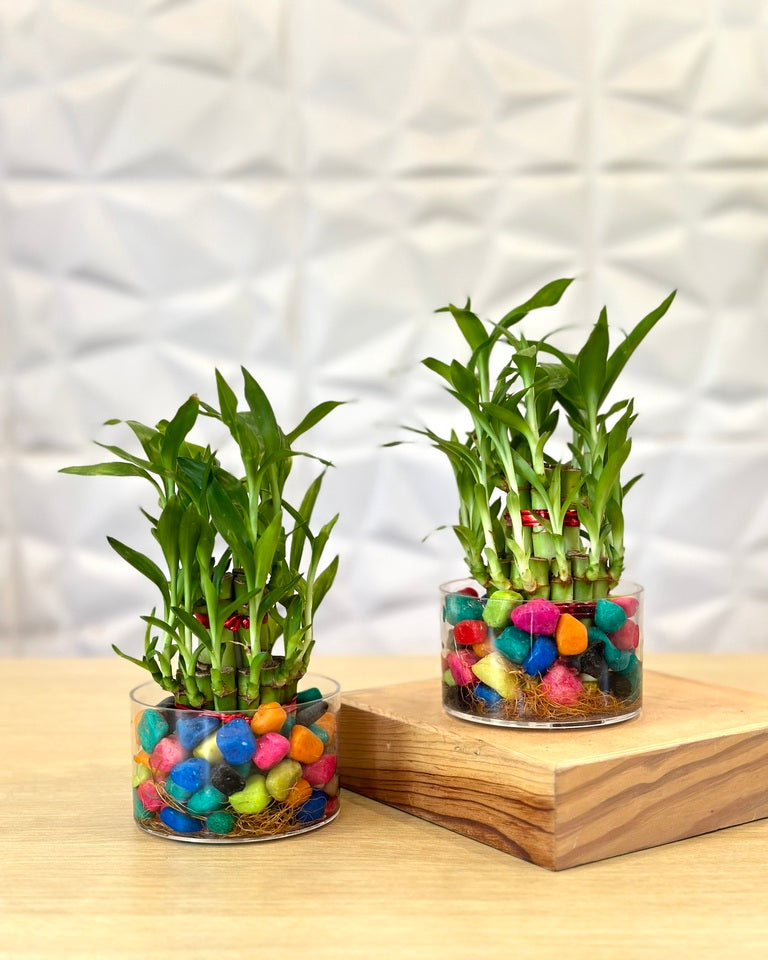



Fantastic look of this plant.